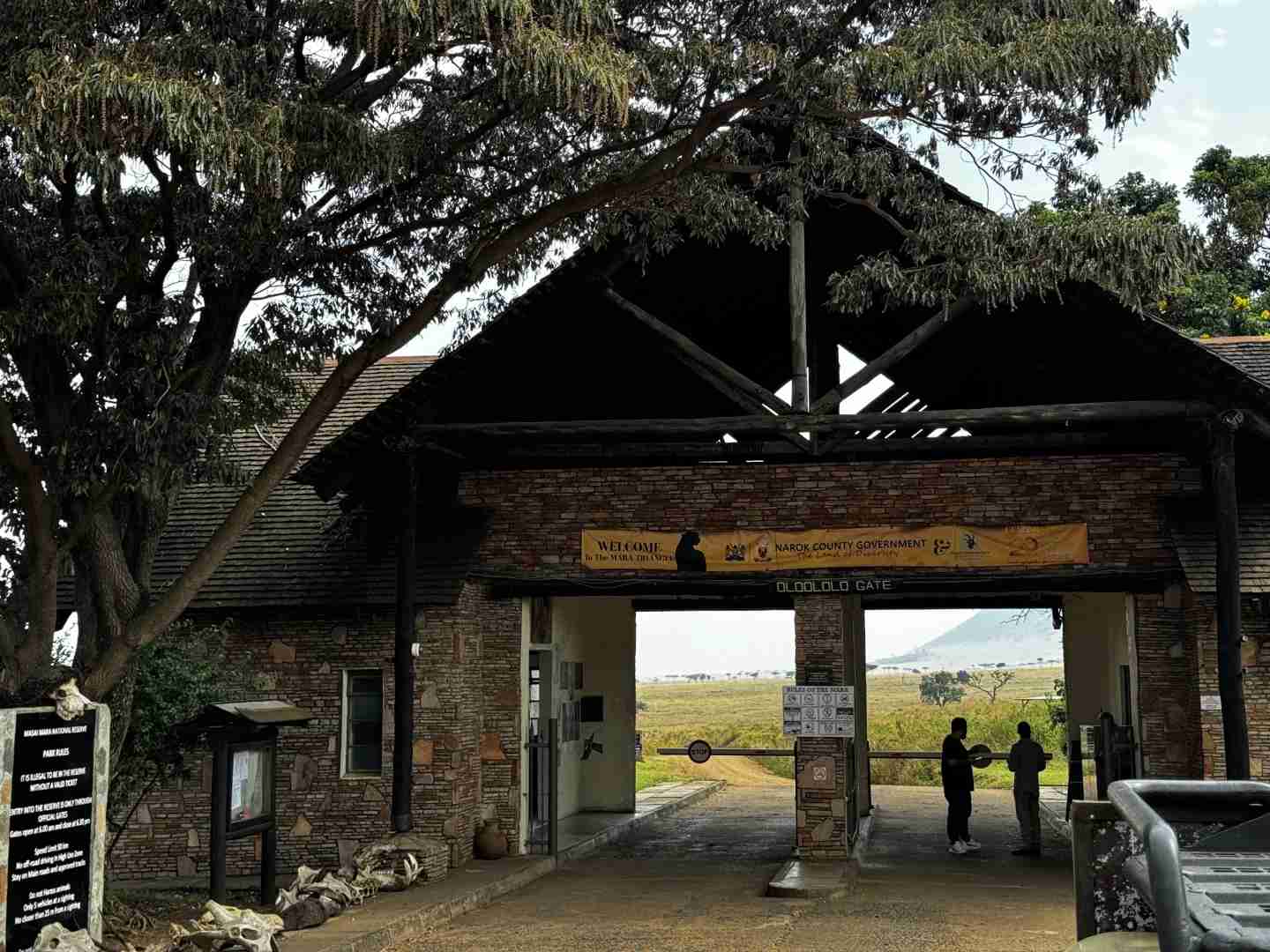Ultimate Guide: Best Tips for an Unforgettable Maasai Mara Safari Adventure
The Maasai Mara National Reserve, along with its neighboring private conservancies, has established a set of distinct travel guidelines (Park Rules). Additionally, the Kenya Wildlife Service has implemented regulations for tourism in national parks across Kenya. These rules are designed to manage tourist behavior and minimize adverse effects on the environment and wildlife.

I have put together a detailed summary below, with the hope that more visitors can take on the role of part-time guardians during their travels in these protected areas, contributing to the preservation of our natural habitats and wildlife.
[1R] Do not feed wildlife:
This is a basic principle of wildlife protection. Feeding wildlife not only disrupts their natural foraging behavior but can also lead to dependence on human food, altering their natural behavior and increasing the risk of conflict between humans and animals.
[2R] Do not make loud noises in front of wildlife
Loud noises can disturb wildlife, causing them to feel threatened and leave, and may also provoke attacks from elephants, rhinos, and other wildlife.
Keeping quiet helps in observing and photographing animals in their natural state.
[3R] Do not get out of the vehicle at will
In the reserve, tourists should always stay inside the vehicle unless in designated safe areas. Getting out of the vehicle at will not only puts tourists at risk of being attacked by wildlife but may also interfere with the natural behavior of animals.
[4R] Do not sit on the roof of the vehicle
[5R] Do not stick your head or hands out of the window
Sticking body parts out of the vehicle window can easily result in scratches from thorns.
[6R] Do not chase or drive away wildlife
[7R] Maintain a safe distance from wildlife: rhinos (100 meters), elephants, buffaloes, hippos (50 meters), lions and cheetahs (30 meters).
[8R] Do not approach large wildlife on foot (elephants, rhinos, hippos, buffaloes, giraffes, zebras, cheetahs, leopards, spotted hyenas, etc.)
[9R] Do not litter
Littering can cause serious harm to wildlife and the environment, including water pollution, injury to animals, and damage to natural landscapes.
Tourists should carry garbage bags and take their trash back to designated waste disposal sites.
[1R][0R] Do not pick up or buy any animal bones and teeth
Picking up or buying animal bones, teeth, feathers, and other items in the reserve is illegal. These items are part of the natural heritage and may be involved in illegal wildlife trade.
[1R][1R] Do not bring plastic bags into the country
Kenya has banned the use and import of plastic bags to protect the environment from plastic pollution. Tourists should avoid bringing plastic bags into the country and instead use reusable eco-friendly bags.
[1R][2R] Do not buy ivory, rhino horns, or any products made from endangered wildlife in Kenya
Buying or carrying products made from endangered wildlife, such as ivory and rhino horns, is illegal and can result in severe legal consequences, including fines and imprisonment.
The trade in such products not only endangers wildlife populations but also violates international and Kenyan laws.

